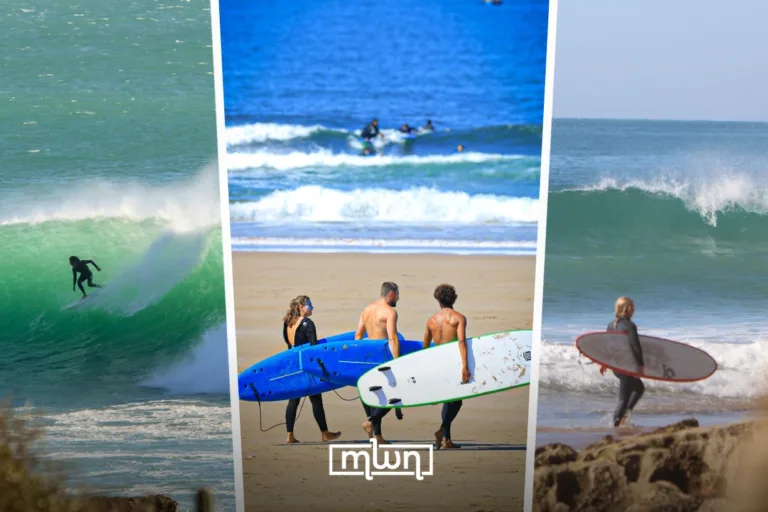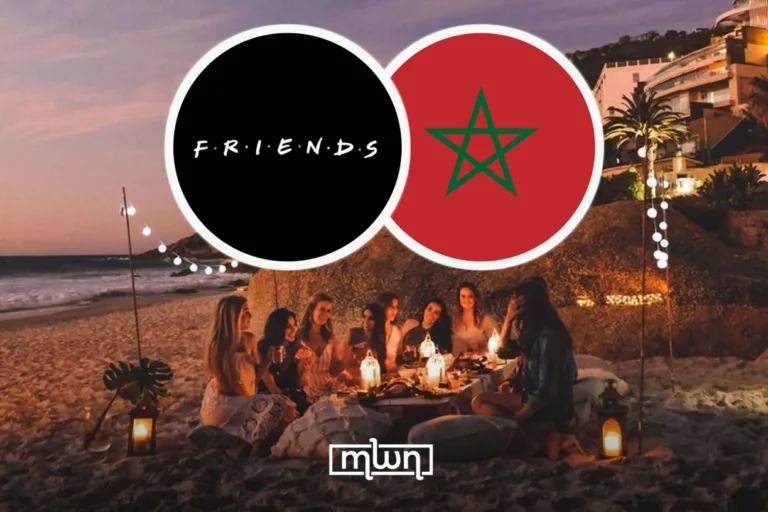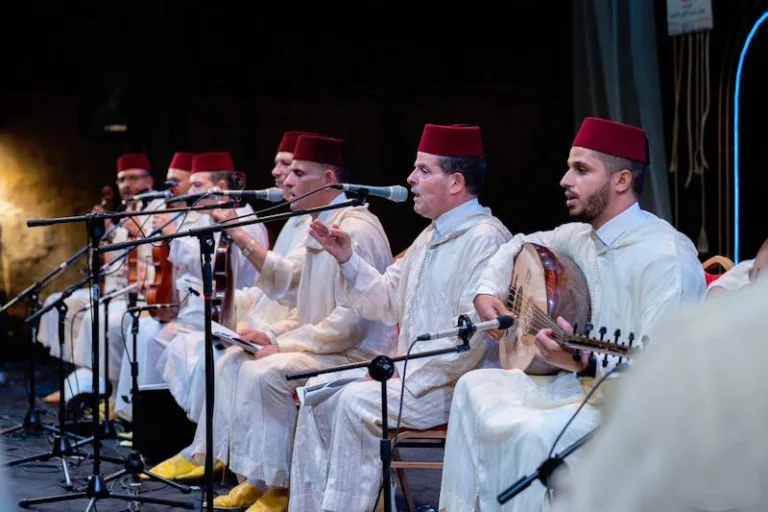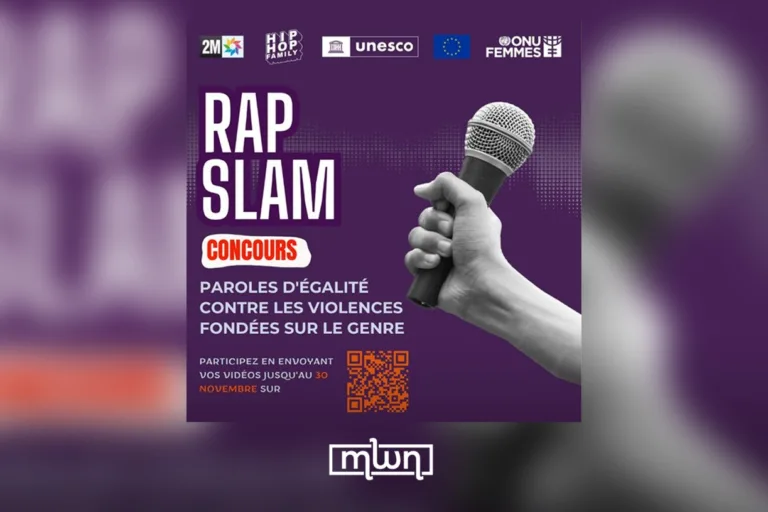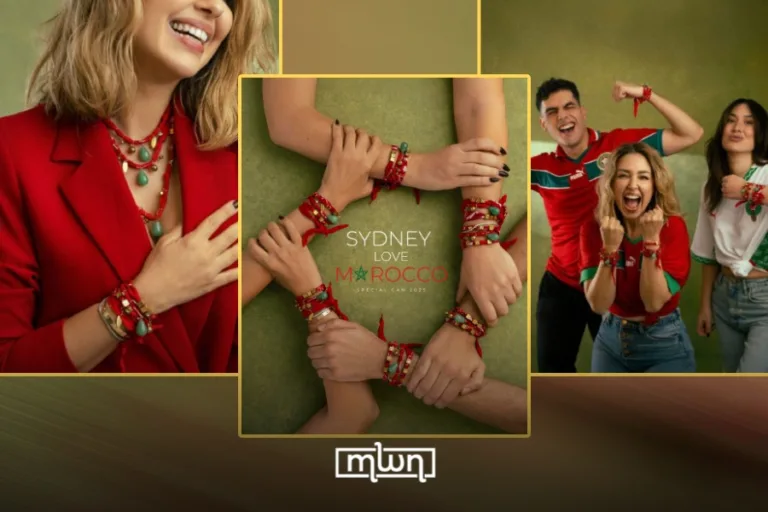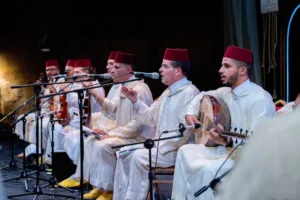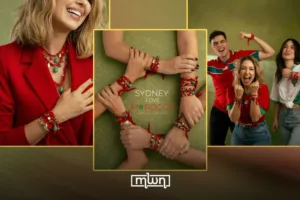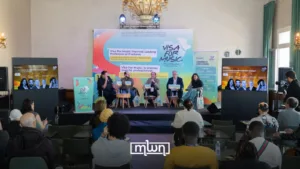Rabat — Walk through any city on a Friday and you will see men in djellabas heading to prayer or family lunch.
The look is calm and neat. It feels traditional, but it still works for today. That is why the djellaba remains a favorite across the country.
A djellaba is a long robe with wide sleeves and a pointed hood called the “qob.” The hood helps with sun, wind, and light rain. In winter, men choose warm wool. In summer, they switch to cotton or linen that feels cool and light.
Common colors include beige, brown, gray, white, and black. Some are plain. Others have soft stripes.
Craft matters. Many djellabas are made by skilled tailors. They measure the body so the robe sits well on the shoulders and falls to the ankles.
You will notice slim braids along the front and cuffs. These are called “sfifa.” Small knotted buttons, the aakâd, close the chest. These details are simple, but they give the garment character.
Regions add their own touch. In coastal towns, light cotton and stripes are popular. Fez is known for fine wool and careful trim. In the Middle Atlas, thicker weaves suit cold nights. Around Marrakech, lighter fabrics help with heat. No matter the place, the robe adapts to climate and daily needs.
Men wear djellabas for many moments. Cotton is perfect for errands, visits, or Friday prayers. For weddings and holidays, a finer wool version looks sharp.
Some men add a sleeveless vest or a cloak when it is cold. The classic shoe is the leather “belgha.” Younger men sometimes pair the robe with clean sneakers and a simple watch, which still looks timeless.
Fit should feel easy. The shoulders must lie flat. The sleeves should not pull when you lift your arms. The hood should be simple to raise and lower. Pockets are useful for keys and a phone. Wool needs gentle care or dry cleaning. Cotton can go in a cool wash and be steamed after. Hang the robe on a wide hanger so it keeps its shape.
Designers are updating the djellaba with lighter fabrics, shorter hems, and new colors. Many work with artisan groups to keep hand braiding and weaving alive. This link between old skill and new style helps the djellaba stay fresh.
The men’s djellaba lasts because it is modest, comfortable, and practical. It looks right in the mosque, at home, or in a café. Put one on and you feel what many already know: it is simple, classic, and comfortable.


